



The Ministry of Home Affairs expressed concern over unutilized funds for the ‘Support to Poor Prisoners’ Scheme, launched in 2023 to aid financially constrained prisoners. Many States/UTs fail to identify eligible prisoners, hindering bail access. Effective implementation could reduce prison overcrowding, with committees sanctioning up to ₹40,000 per case.

Copyright infringement not intended
Picture Courtesy: THE HINDU
The Ministry of Home Affairs (MHA) has raised concerns over several states and Union Territories failing to utilize funds allocated under the 'Support to Poor Prisoners' Scheme'.
It was launched in May 2023, to provide financial aid to undertrial prisoners who remain imprisoned despite being granted bail, because they cannot afford the bail bond or provide sureties.
The Union Government has dedicated an annual budget, with the National Crime Records Bureau (NCRB) acting as the central nodal agency for fund disbursement.
Identification of Eligible Prisoners => If an undertrial prisoner is not released within seven days of being granted bail, the jail authorities must inform the District Legal Services Authority (DLSA).
Verification Process => The DLSA then investigates the prisoner's financial status to confirm their inability to furnish the bail amount.
Role of Empowered Committees => Each district is mandated to have an 'Empowered Committee', which meets every two to three weeks, reviews the cases brought forward by the DLSA and can sanction financial aid.
Financial Assistance => The committee can recommend relief of up to ₹40,000 per case for undertrial prisoners. For convicted prisoners unable to pay fines, assistance of up to ₹25,000 can be provided by the District Committee, with larger amounts requiring approval from the State Level Oversight Committee.
State-Level Oversight => An 'Oversight Committee' at the state headquarters level is responsible for monitoring the scheme's implementation.
|
Certain categories of prisoners are excluded from this scheme, including those accused under the Prevention of Corruption Act, the Prevention of Money Laundering Act, the Narcotic Drugs and Psychotropic Substances Act, and the Unlawful Activities Prevention Act. |
Poor State Response => Many states/UTs have not identified eligible prisoners despite repeated central government follow-ups.
Unutilized Funds => Allocated funds remain unused due to lack of implementation at ground level.
Institutional Gaps => Failure to constitute required Empowered Committees and Oversight Committees in many states.
Awareness Deficit => Limited awareness among prison authorities and legal aid institutions about the scheme.
Bureaucratic Delays => Lengthy approval processes defeating the scheme's purpose of quick relief.
The inaction at the state level not only defeats the purpose of the welfare scheme but also exacerbates the problem of prison overcrowding.
|
According to the India Justice Report 2025, the national average occupancy rate in jails is over 131%. About 76% of prisoners are undertrials, many of whom are in jail due to their inability to afford bail. It puts a severe strain on prison resources, including healthcare and sanitation, and undermines the human rights of the prisoners. |
Immediate Actions
Mandatory establishment of Empowered Committees in all districts.
Comprehensive training programs for prison officials and legal aid providers.
Simplified application and approval procedures to reduce bureaucratic delays.
Monthly reviews of scheme implementation and fund utilization.
Digital platforms for faster case processing and tracking.
Long-term Reforms
Expansion of prison capacity to address overcrowding.
Strengthening legal aid services for economically disadvantaged defendants.
Promotion of non-custodial alternatives like electronic monitoring.
Fast-track courts for undertrial cases to reduce prolonged detention.
Must Read Articles:
About Open Jails Offering Liberty
Extraditions tough till conditions improve in indian prisons
Source:
|
PRACTICE QUESTION Q. "Rehabilitation, not retribution, should be the goal of the prison system." Critically analyze. 150 words |

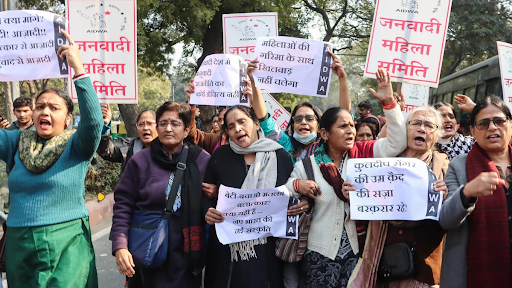
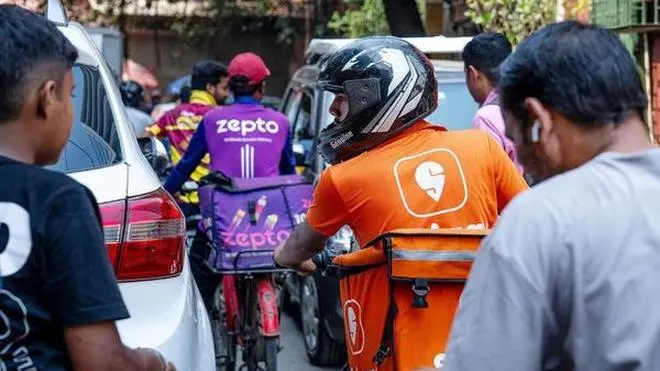
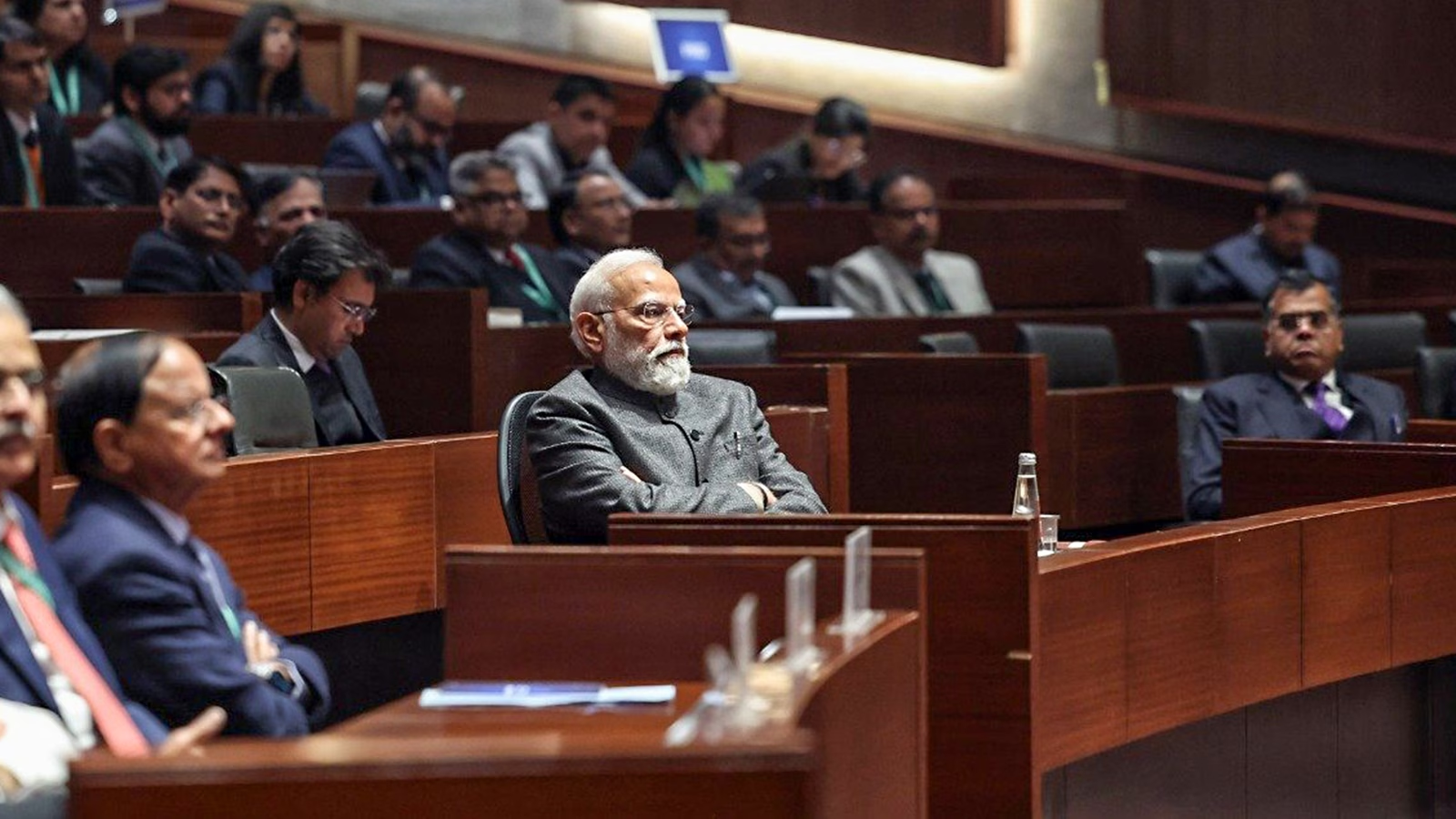
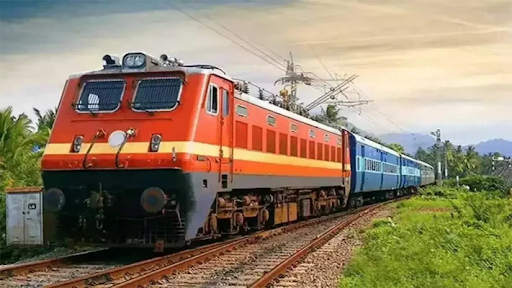
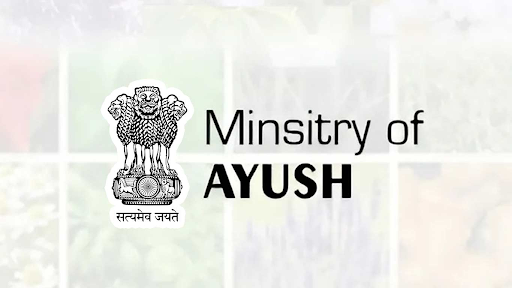

© 2026 iasgyan. All right reserved